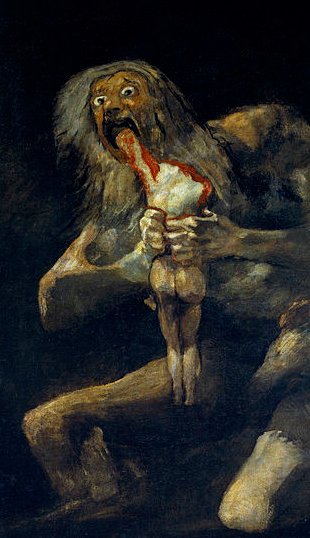The 10th astrolabe star of Chaucer was Markab (α Pegasi). The Chinese had their 10th station at the first star of Aquarius, ε (Albali):
I guess Hevelius has drawn an open 'mouth' formed by the Towel stars ε, μ, and ν Aquarii, because they formed the 21st manzil Al Sa’d al Bula'.
Allen: "The corresponding [to the 21st manzil Al Sa’d al Bula', Good Fortune of the Swallower] sieu, Mo, Mu, Niu, Nü, or Woo Neu, a Woman, anciently written Nok, was composed of these stars [ε, μ, and ν Aquarii] with the addition of another, unidentified, ε being the determinant; and the same three were the Euphratean lunar asterism Munaχa, the Goat-fish, and the Coptic Upeuritos, the Discoverer. Bayer mentioned for it Mantellum and Mantile, marking the Napkin or Towel held in the youth's hand; but in some early drawings this was shown as a Bunch of Grain Stalks. Grotius had Ancha and Pyxis, but neither appropriate; while in our day the former is applied only to θ, and the latter is never seen as a stellar title except in La Caille's Pyxis Nautica in Argo. Eastward from ε, near ν, is the Saturn Nebula, N. G. C. 7009, that the largest telescopes show somewhat like the planet."
To the east from ε means some point with a slightly higher right ascension value, some point which is rising later, and the 11th Chinese station (Emptiness) - blackmarked above by me to indicate it should be ruled by Saturn - was at β Aquarii (Sadalsud). The Rooftop (of the 'tent') at α Aquarii (Sadalmelik) was the 12th station and according to my interpretation of the basic numbers this should be redmarked. Sadalmelik was also included in Al Sa'd al Ahbiyah (Lucky Star of Hidden Things), but I have missed this fact earlier. Possibly his spirit flew away like a swallow or else he could have hidden behind the piece of cloth:
Hamlet's Mill: "The collapse of the hourglass-shaped Meru, caused by Buddha's death, with sun and moon rolling down, the moon shows the hare contained in it. Many collapsing world-pillars, umhinged mill-trees, and the like have been mentioned in this book, and this is one of the few pieces of pictorial evidence for a crumbling skambha." |



